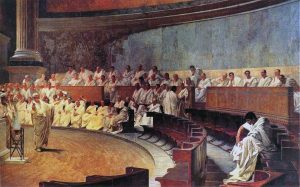 Food was a major status for Roman social classes, differentiating those who could afford a glorious feast and those who couldn’t. For some citizens, their life was eating for the sake of surviving, but for others, presenting food was a publicity move. The rich could import dishes from around the world and the presentation of their food even out-weighed the taste. For the less fortunate, eating could mean going to taverns for a precooked meal or a simple bread dinner. Poorer people also didn’t have access to many meats, meaning their only source of protein may have had to be from vegetables. The richer, upper classes citizens could ship in foods like peacock or flamingo. While the details of what the Romans ate have changed, our way of cooking has evolved for a more developed world. Now, we have quicker, easier ways to prepare food. This ancient food was something I wanted to cook and try to experience for myself.
Food was a major status for Roman social classes, differentiating those who could afford a glorious feast and those who couldn’t. For some citizens, their life was eating for the sake of surviving, but for others, presenting food was a publicity move. The rich could import dishes from around the world and the presentation of their food even out-weighed the taste. For the less fortunate, eating could mean going to taverns for a precooked meal or a simple bread dinner. Poorer people also didn’t have access to many meats, meaning their only source of protein may have had to be from vegetables. The richer, upper classes citizens could ship in foods like peacock or flamingo. While the details of what the Romans ate have changed, our way of cooking has evolved for a more developed world. Now, we have quicker, easier ways to prepare food. This ancient food was something I wanted to cook and try to experience for myself.
I recreated Ancient Roman foods, specifically Libum and Mustacei. Libum is a small sacrificial cake mostly made by the rich and Mustacei are biscuit type rolls eaten by poorer citizens.
The start of this journey was gathering the ingredients for each of these dishes. Libum was easier in terms of finding the ingredients because all the ingredients could be found in today’s grocery store and it was slightly modernized with the all-purpose flour. This recipe included flour, cheese, an egg, bay leaves, and honey, all of which I had in my kitchen. Mustacei was more of a challenge. The recipe (that was also all in grams) called for wheat flour, grape juice, anise seeds, cumin seeds, lard, cheese, and bay leaves. Wheat flour makes food denser, an attribute I wanted to have in my dessert. I easily bought grape juice, but anise seeds were troublesome. I went to three different stores in hopes of finding the spice and while it might’ve have just been the stores I went to, I was ready to find a substitute. Finally, while visiting “Santa Cruz Market”, a small Mexican store in Goleta, I found some anise seeds. There, I also found some lard, which is animal fat. Luckily, I had the rest of the ingredients at home.
The utensils used in Ancient Roman times compared to modern day are very similar. These recipes also don’t require a variety of utensils because it’s mostly just mixing. The only real difference is the oven aspect. Romans used an oven more similar to today’s pizza oven because they didn’t have electricity.
I started cooking the Libum first because the Mustacei recipe was a bit more complicated. You can watch a video of this adventure here! I mixed all of the ingredients to form a soft dough. In those times, the Romans would’ve probably used a bronze spoon to mix their ingredients but I used a modern spatula with a sort of waxed top. After doing so, I baked them in the oven for half an hour. I dipped them in honey, and that was it.
For the Mustacei, I measured out the wheat flour, the cheese, and the lard on a grams scale and, while time consuming, was more realistic. I added the juice, the seeds, the lard, and the cheese and afterwards, I baked them.

The next morning I brought the two dishes to school for the class to try them. Surprisingly, I didn’t get any negative comments. Magistra Ahlers enjoyed them and some students reluctantly tried the desserts. I was told the Libum tasted like the “top of a muffin” and the rolls just tasted like basic rolls. Overall, I found the experience rewarding and successful. I fully expected them to taste bland at best, considering they were a recipe from Ancient Rome. I’m not sure if the dishes tasted better because I used modern, more efficient tools to cook them, but it was probably easier for me to cook them, than those back then.
Works Cited
“Antique Roman Dishes – Collection.” How to Choose Good Passwords – CMU/SCS Computing Facilities, www.cs.cmu.edu/~mjw/recipes/ethnic/historical/ant-rom-coll.html.
Cartwright, Mark. “Food in the Roman World.” Ancient History Encyclopedia, Ancient History Encyclopedia, 24 May 2018, www.ancient.eu/article/684/food-in-the-roman-world/.
Duffy, Susanna. “Six Ancient Roman Recipes.” Delishably, Delishably, 28 Feb. 2018, delishably.com/misc/ancient-food-rome.
Dupont, Florence. Daily Life in Ancient Rome. Blackwell, 2008.
Kirby, John T. World Eras: Roman Republic and Empire, 264 B.C.E.-476 C.E. Gale Group, 2001.
McKeever, Susan. Ancient Rome. Dorling Kindersley, 1995.
“Roman Food – Rich and Poor – Quatr.us Study Guides.” Quatr.us Study Guides, Publisher Name Quatr.us Study Guides Publisher Logo, 25 Apr. 2018, quatr.us/romans/roman-food-rich-poor.htm.
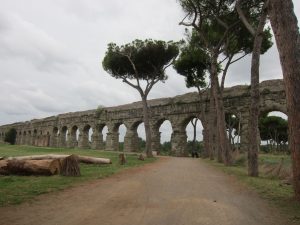


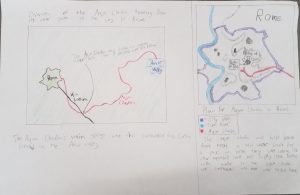

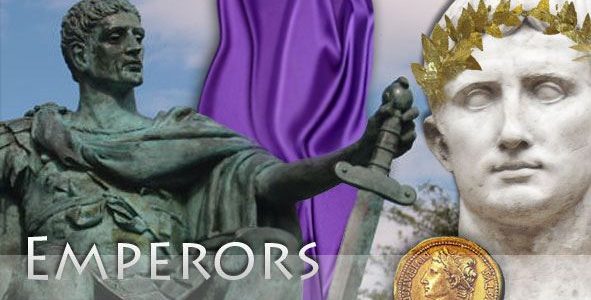



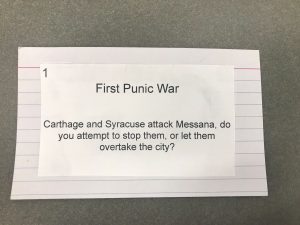
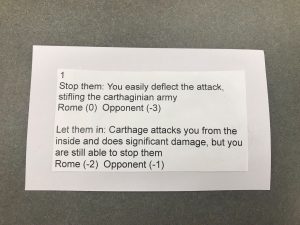







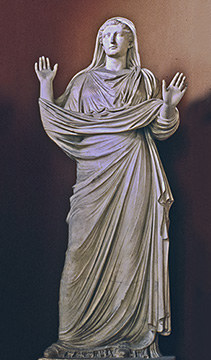
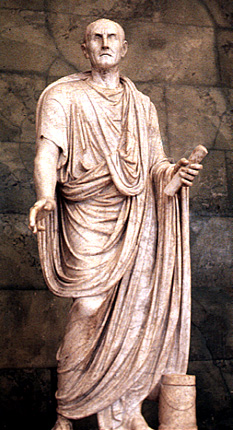

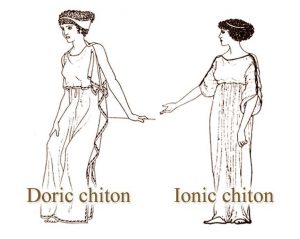





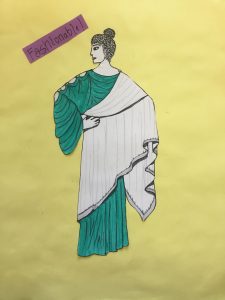

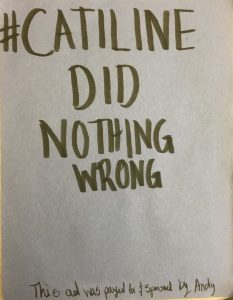
 Food was a major status for Roman social classes, differentiating those who could afford a glorious feast and those who couldn’t. For some citizens, their life was eating for the sake of surviving, but for others, presenting food was a publicity move. The rich could import dishes from around the world and the presentation of their food even out-weighed the taste. For the less fortunate, eating could mean going to taverns for a precooked meal or a simple bread dinner. Poorer people also didn’t have access to many meats, meaning their only source of protein may have had to be from vegetables. The richer, upper classes citizens could ship in foods like peacock or flamingo. While the details of what the Romans ate have changed, our way of cooking has evolved for a more developed world. Now, we have quicker, easier ways to prepare food. This ancient food was something I wanted to cook and try to experience for myself.
Food was a major status for Roman social classes, differentiating those who could afford a glorious feast and those who couldn’t. For some citizens, their life was eating for the sake of surviving, but for others, presenting food was a publicity move. The rich could import dishes from around the world and the presentation of their food even out-weighed the taste. For the less fortunate, eating could mean going to taverns for a precooked meal or a simple bread dinner. Poorer people also didn’t have access to many meats, meaning their only source of protein may have had to be from vegetables. The richer, upper classes citizens could ship in foods like peacock or flamingo. While the details of what the Romans ate have changed, our way of cooking has evolved for a more developed world. Now, we have quicker, easier ways to prepare food. This ancient food was something I wanted to cook and try to experience for myself.

